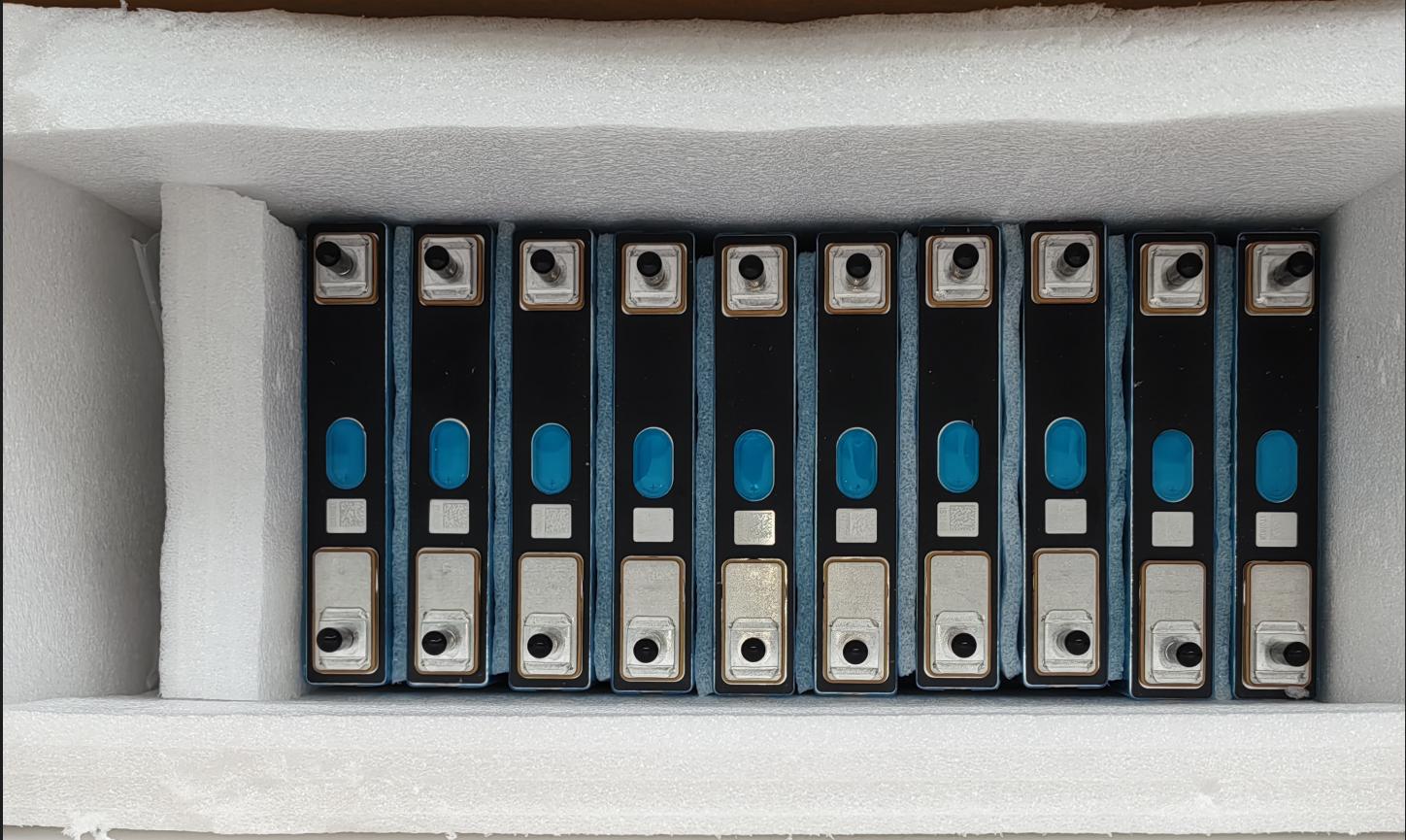
Lithium battery swelling poses significant risks to industries relying on medical devices, robotics, and instrumentation. Ignoring this issue can lead to operational disruptions, safety hazards, and financial losses. For instance, New York City reported over 200 lithium-ion battery fires, resulting in 100 injuries and 14 fatalities. Proactive management of swelling ensures device reliability, safety, and long-term cost efficiency.
-Monitor physical changes: Detect bulging or deformation early to prevent device damage and safety risks.
-Optimize charging: Avoid overcharging by maintaining a charge level between 20% and 80%.
-Control storage conditions: Store batteries in cool, dry environments to minimize swelling risks.
1.1 Chemical Reactions and Gas Generation
Chemical reactions within lithium battery packs are a primary cause of swelling. During normal operation, electrolyte decomposition releases gases like CO, CO₂, and hydrocarbons. These gases accumulate, increasing internal pressure and causing physical expansion. This process is particularly active during the first charge cycle when the solid electrolyte interphase (SEI) layer forms on the anode.
Key factors:
-Temperature: High temperatures accelerate side reactions, boosting gas production.
-Structural impact: Swelling degrades battery integrity, shortening lifespan and increasing failure risks in critical applications like medical devices.
Solution: Replace swollen batteries immediately to prevent safety hazards.
1.2 Overcharging and Voltage Stress
Overcharging lithium-ion batteries beyond recommended voltage limits triggers lithium plating on the anode. This metallic lithium deposition reduces capacity and generates gas, leading to swelling.
Contributing factors:
- Frequent overcharging accelerates lithium plating and SEI layer formation.
- High charging currents in cold environments worsen lithium deposition.
Action: Implement voltage limits and avoid rapid charging in extreme temperatures.
1.3 Environmental Factors
Temperature extremes and humidity significantly impact battery performance:
-High temperatures: Accelerate chemical reactions, increasing swelling risks.
-Low temperatures: Cause uneven lithium deposition during charging, creating internal stress.
Aspect | Details |
Focus | Temperature-dependent gas production rates |
Methodology | Inverse calculation using temperature and height data |
Findings | Nonlinear correlation between gas production and core temperature |
Implication | Improves state prediction accuracy for lithium-ion batteries |
2.1 Physical Indicators
Visible changes in batteries or devices often signal swelling:
-Battery bulge: A bloated or expanded appearance.
-Device deformation: Warped casing due to internal pressure.
Recommendation: Train maintenance teams to perform regular visual inspections in high-risk environments like robotics systems.
Tip: Early detection prevents thermal runaway and costly failures.
2.2 Performance Issues
Swelling often correlates with operational problems:
-Overheating: Excessive heat during use or charging.
-Reduced capacity: Faster battery drain or erratic charge levels.
-Charging failures: Inconsistent charging behavior.
-Device malfunctions: Unexpected shutdowns or performance lags.
Solution: Deploy advanced battery management systems (BMS) to monitor parameters and extend lifespan.
Note: Replace swollen batteries immediately to avoid safety hazards.
2.3 Warning Signs
Subtle indicators require urgent attention:
-Chemical odor: Signals electrolyte leakage.
-Leaks or residue: Visible liquid near the battery compartment.
-Unusual sounds: Hissing or popping from gas escape.
Action: Discontinue use and consult professionals if these signs appear in critical systems like medical devices.
3.1 Proper Charging Protocols
-Avoid overcharging: Use chargers with overcharge protection.
-Maintain charge levels: Keep between 20% and 80%.
-Control charging currents: Adjust for cold environments.
Industrial applications: Adopt protocols from Large Power to enhance reliability.
3.2 Temperature Management
-Storage: Maintain 15℃–25℃ in dry conditions.
-Avoid extremes: Prevent exposure to direct sunlight or freezing temperatures.
-Cooling: Ensure proper ventilation in battery compartments.
Impact: Operating above 35℃ accelerates degradation; below 0℃ reduces performance by 30%.
3.3 Advanced Battery Management
Use quality components to mitigate risks:
Safety Mechanism | Effectiveness | Performance Impact |
Overcharge Protection | Prevents overcharging | May slow charging speed |
Temperature Monitoring | Reduces thermal stress | Potential device slowdown |
Recommendation: Invest in BMS and certified chargers to ensure safety in industrial settings.
Proactive measures—such as optimized charging, temperature control, and advanced monitoring—extend battery life and safeguard investments. By addressing swelling early and adopting best practices, industries can ensure the reliability and safety of lithium battery-powered devices.
Final Note: Prioritize safety and regular maintenance to prevent operational disruptions.
Next:CATL Unveils TENER Stack: The World's First 9MWh Ultra-Large Capacity Energy Storage System
Previous:BYD Energy Storage Unveils Next-Generation Integrated Residential Energy Solution at Key Energy 2025